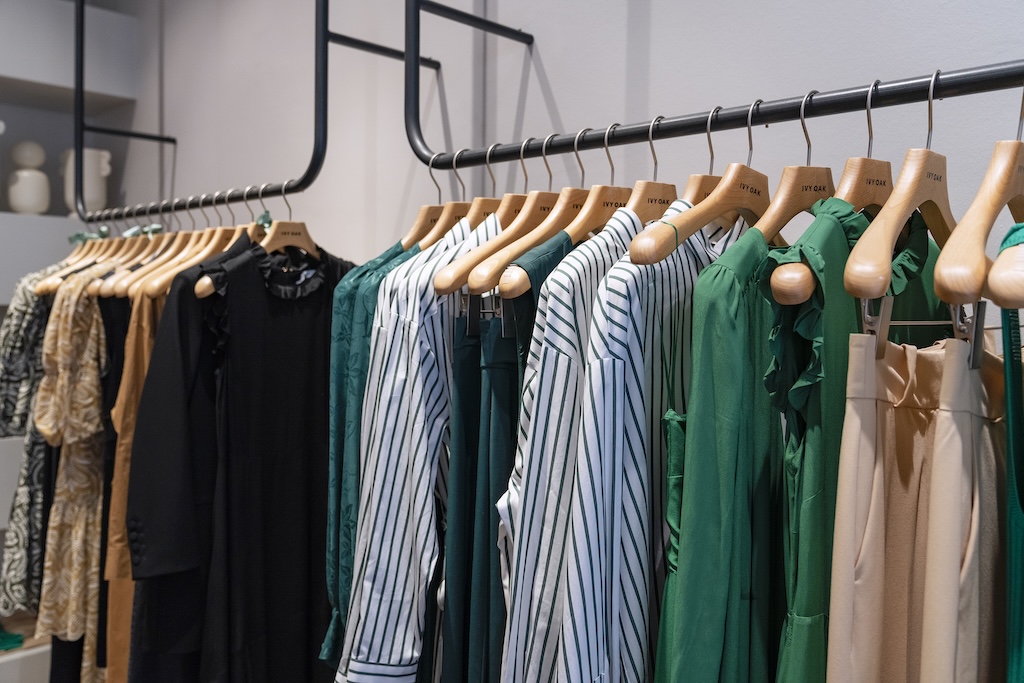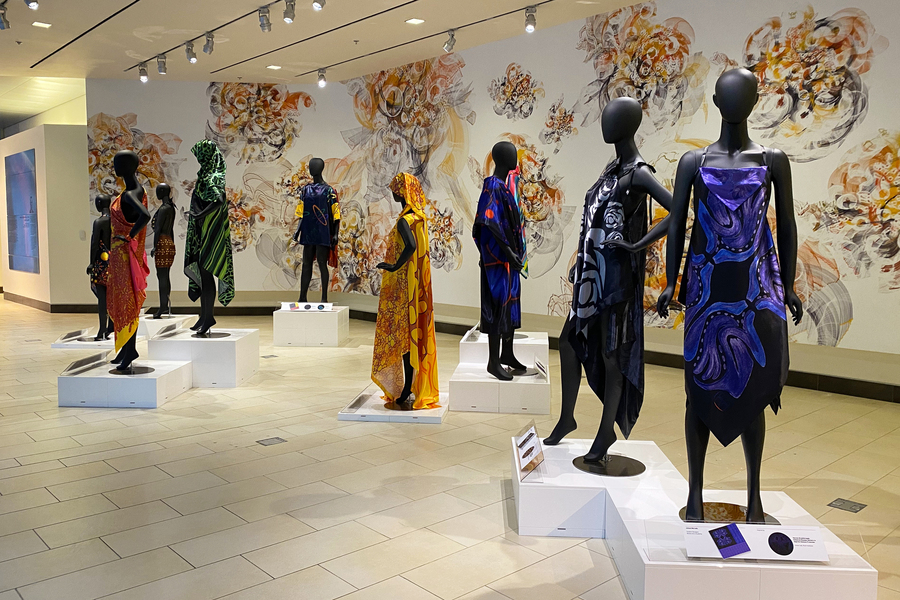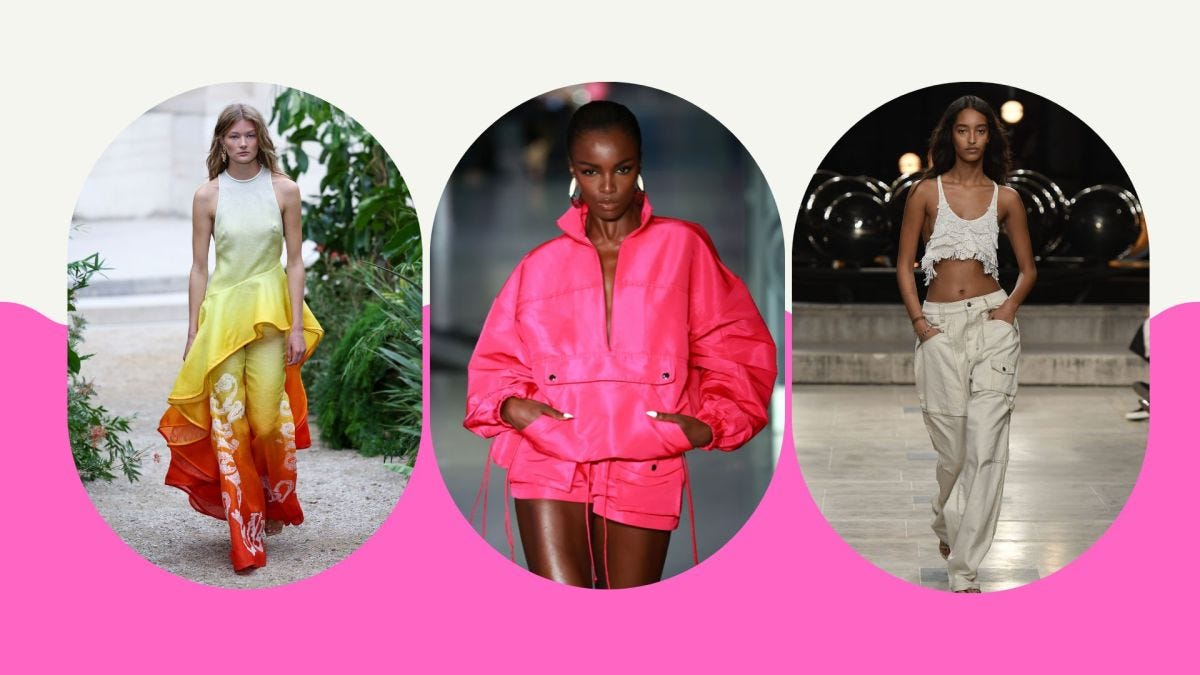Fashion merchandising is the art and science of presenting fashion products in a way that captivates consumers, drives sales, and builds brand loyalty. From eye-catching window displays to strategic product placement, fashion merchandising plays a crucial role in shaping the retail landscape and influencing consumer behavior. In this comprehensive exploration, we’ll delve into the world of fashion merchandising, uncovering its key principles, strategies, and the impact it has on the fashion industry.
Understanding Fashion Merchandising
Fashion merchandising encompasses a range of activities aimed at optimizing the presentation, promotion, and sale of fashion products within retail environments. It involves everything from visual merchandising and store layout design to inventory management, pricing strategies, and promotional campaigns. The goal of fashion merchandising is to create compelling retail experiences that resonate with consumers, drive foot traffic, and ultimately, boost sales.
Key Principles of Fashion Merchandising
1. Visual Merchandising
Visual merchandising is the art of creating visually appealing displays and presentations that showcase fashion products in their best light. This includes window displays, in-store displays, product arrangements, and signage that capture the attention of shoppers and entice them to explore the store further.
2. Store Layout and Design
The layout and design of a retail space play a critical role in guiding the customer journey and maximizing sales opportunities. Fashion merchandisers carefully consider factors such as store layout, aisle width, lighting, and signage to create an inviting and easy-to-navigate shopping environment.
3. Product Assortment and Placement
Strategic product assortment and placement are essential elements of fashion merchandising, ensuring that the right products are available in the right quantities and locations to meet consumer demand. Merchandisers analyze sales data, trends, and customer preferences to curate product assortments and determine optimal placement within the store.
4. Pricing and Promotions
Effective pricing strategies and promotional campaigns are key drivers of sales and profitability in fashion merchandising. Merchandisers carefully balance factors such as pricing competitiveness, profit margins, and promotional offers to attract customers while maximizing revenue and profitability.
The Role of Fashion Merchandisers
Fashion merchandisers play a vital role in bringing fashion products from concept to consumer, collaborating closely with designers, buyers, marketers, and retail managers to ensure that products are successfully launched, marketed, and sold. Merchandisers are responsible for analyzing market trends, identifying consumer preferences, and developing strategies to optimize product assortment, pricing, and promotional efforts to drive sales and meet business objectives.
The Impact of Fashion Merchandising
Effective fashion merchandising can have a profound impact on the success of fashion brands and retailers. By creating compelling retail experiences, merchandisers can attract new customers, retain existing ones, and build brand loyalty. Additionally, merchandising strategies such as product bundling, cross-selling, and upselling can increase average transaction values and drive incremental revenue.
Conclusion
In conclusion, fashion merchandising is a dynamic and multifaceted discipline that plays a critical role in the success of fashion brands and retailers. By leveraging key principles such as visual merchandising, store layout and design, product assortment and placement, and pricing and promotions, merchandisers create captivating retail experiences that resonate with consumers and drive sales. As the retail landscape continues to evolve, fashion merchandising will remain an essential component of the fashion industry, shaping the way we shop and interact with fashion brands for years to come.





